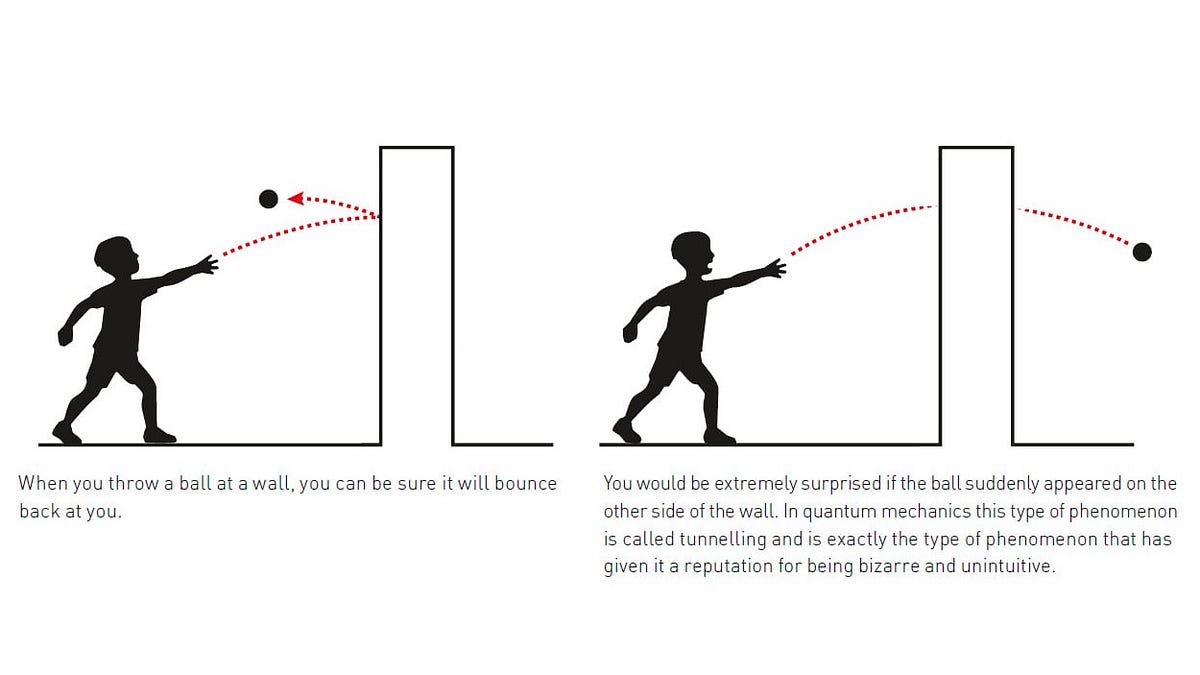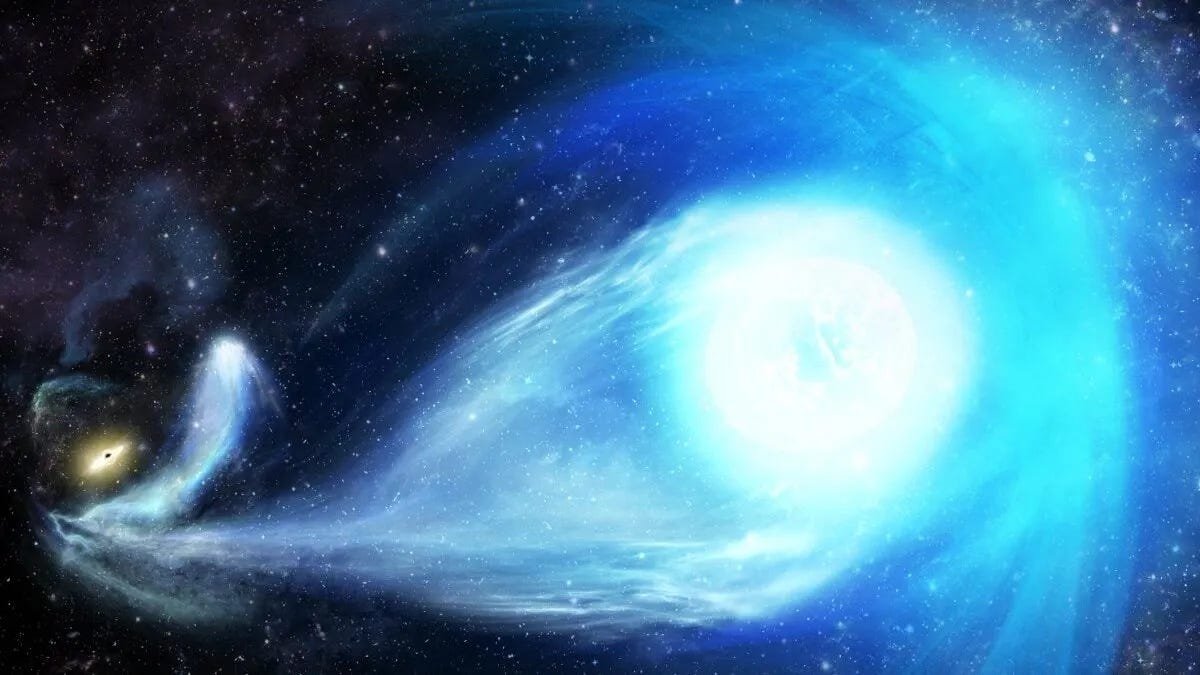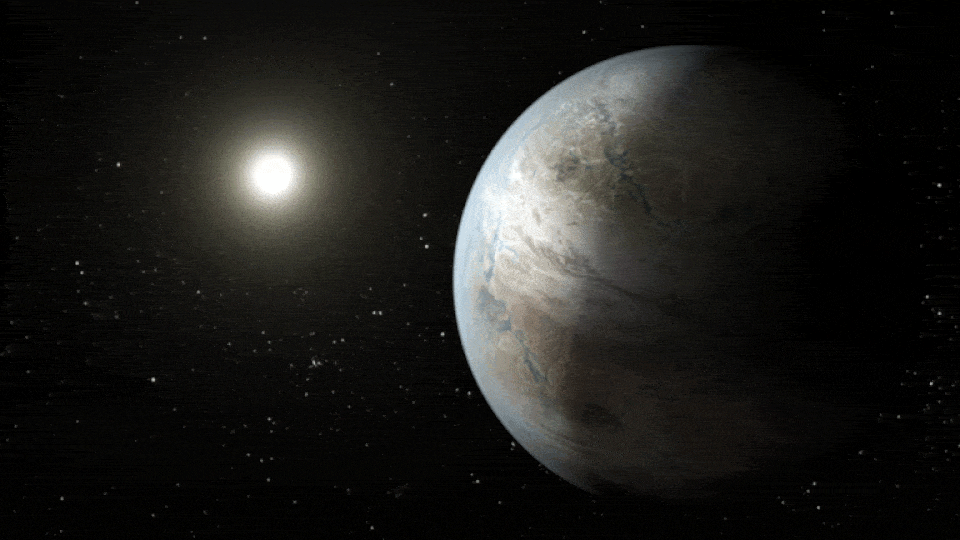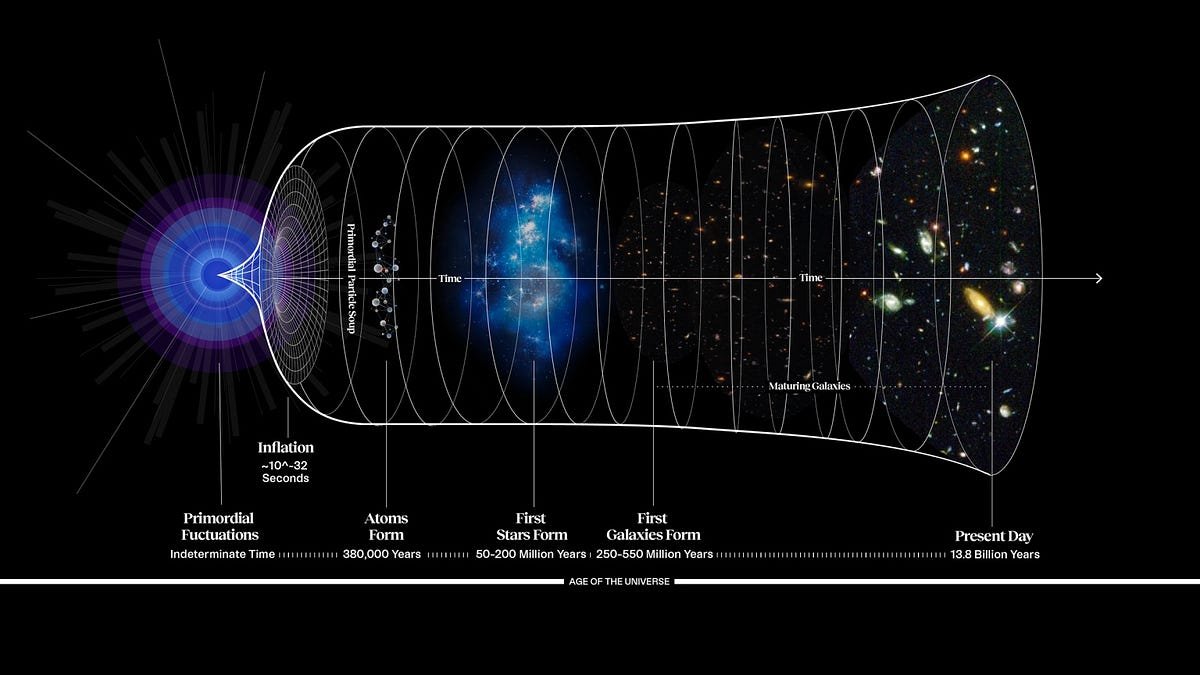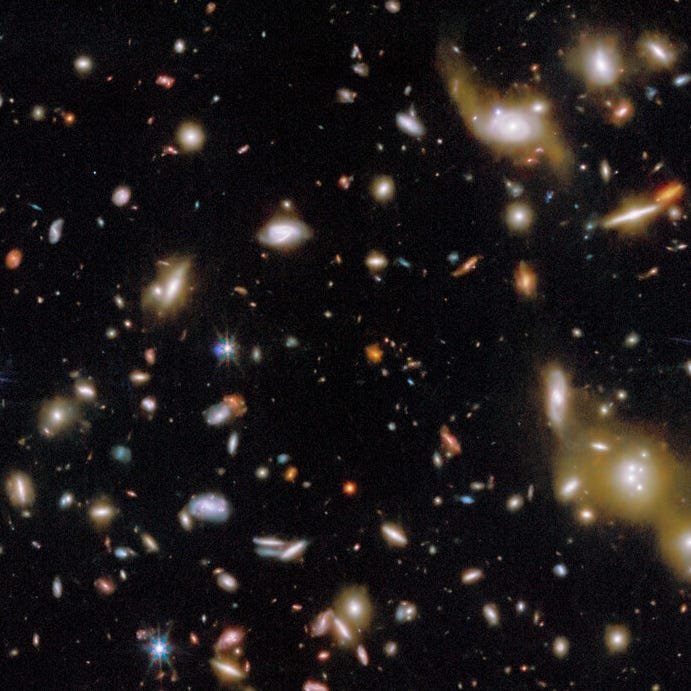
Starts With A Bang podcast #122 — Galaxy evolution and JWST | by Ethan Siegel | Starts With A Bang! | Oct, 2025
To learn how our Universe grew up, we have to look at large numbers of galaxies at all distances to find out. Good thing we have JWST!
It’s no secret that the Universe and the objects present within it, as we see them all today, have changed over time as the Universe has grown up over the past 13.8 billion years. Galaxies are larger, more massive, more evolved, and are richer in stars but fewer in number than they were back in the early stages of cosmic history. By looking farther and farther away, we can see the Universe as it was at earlier times, but we’re going to be limited in many ways: by how deep our telescopes can see, by what wavelengths they’re capable of seeing, and by what small fraction of the sky they’re capable of observing.

